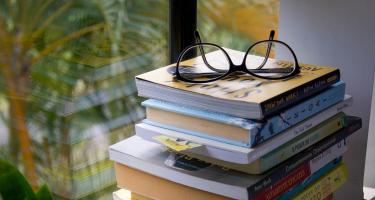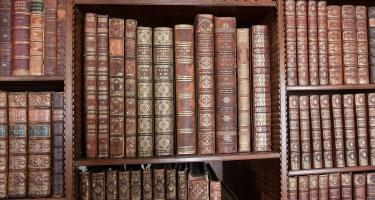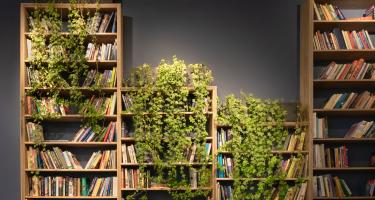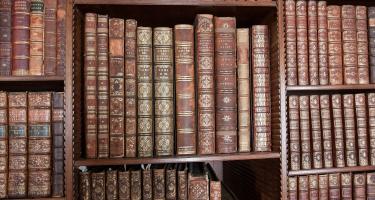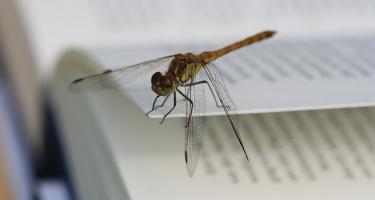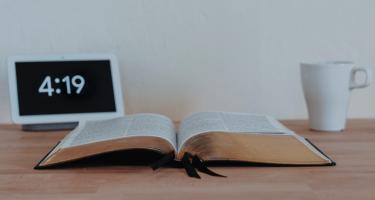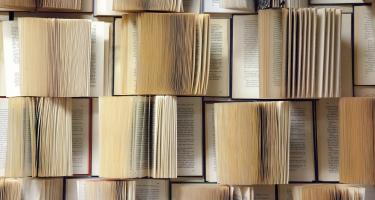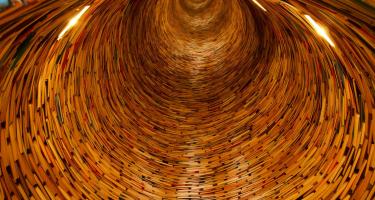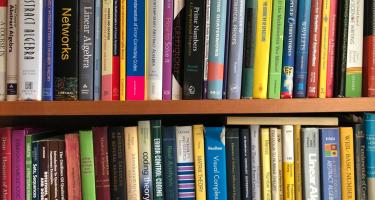
Susan D’Agostino: How to Free Your Inner Mathematician
If the mathematical properties of wallpaper patterns, the best way to stack oranges, or the fairness of voting methods stir your curiosity, this book is for you. In How to Free Your Inner Mathematician: Notes on Mathematics and Life, Susan D’Agostino aims to help readers discard resistance to tackling mathematical concepts and explore new ways to master these ideas. She includes 300+ sketches.
